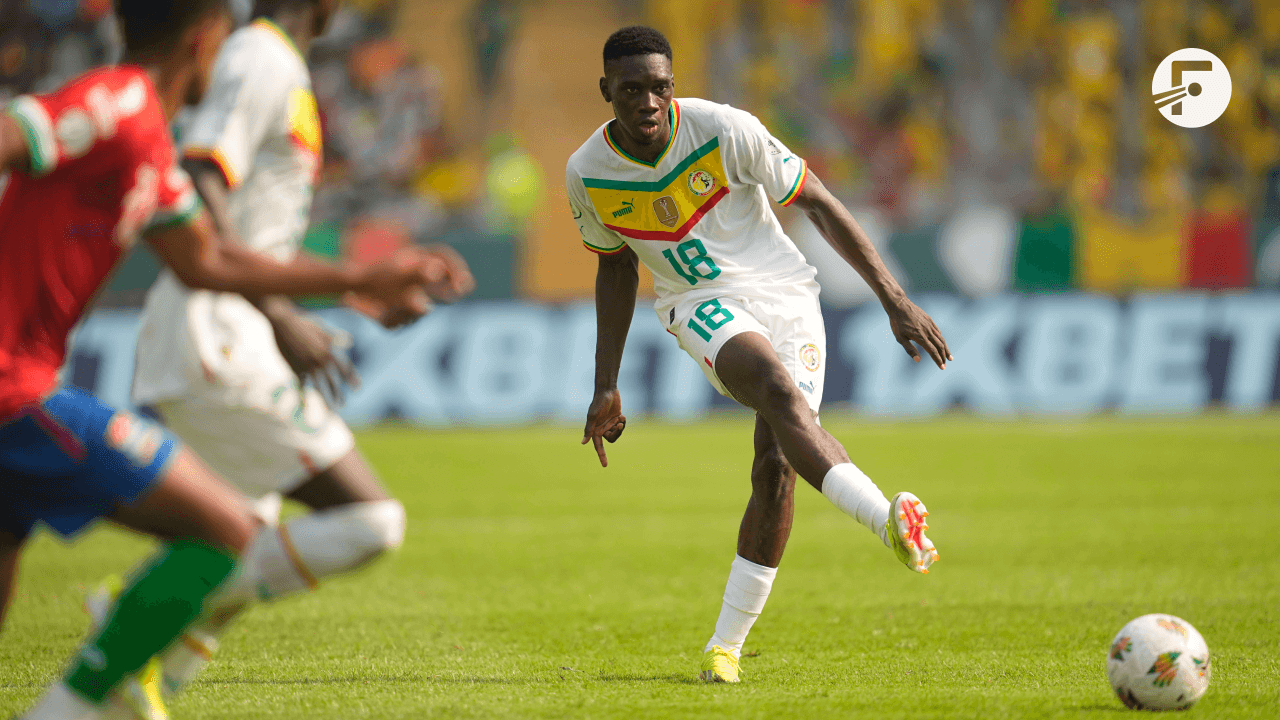With the Africa Cup of Nations in full flow, Ligue 1 clubs are preparing for a challenge that they face every two years: the long absence of key players.
The AFCON interferes with the normal flow of Ligue 1, and the delayed 2023 edition is no exception, with a whopping figure of 61 players retiring from their club engagements to represent their national teams. Such international call-ups will affect some teams critically, but others less so. Let’s take a look.
By Farah Ben Gamra
Impact on Ligue 1 dynamics
Hosted every two years, the AFCON can be said to have become a seasonal pebble in Ligue 1 clubs’ shoes. This edition, held in the Ivory Coast, has seen 61 players pack their bags to join their national team for a prolonged period.
Comparing those numbers to the 2022 edition, it can be seen that there is a small rise in the number of players absent for the AFCON, five more players to be precise. This escalation shows the increasing influence of international competitions over national leagues, particularly for Ligue 1.
The first major outcome of the winter exodus is an obvious change in how Ligue 1 operates during this important time. Teams that relied heavily on their international stars must readjust in response to their absence. The competitiveness of the league and pivotal games offering a high degree of suspense hang in the balance because key players leave temporarily.
Identifying the most affected teams
It is clear that not all Ligue 1 clubs are equally impacted after the departure of players for AFCON. But some clubs end up in the firing line, taking a severe blow after losing several important players.
In particular, Marseille and Lorient are the hardest hit, with seven players each. The likes of Chancel Mbemba (DR Congo), Azzedine Ounahi and Amine Harit (Morocco), or Ismaïla Sarr and Pape Gueye (Senegal) for Marseille, and notably Alfred Gomis, Bamba Dieng (Senegal), Montassar Talbi (Tunisia) or Siriné Doucouré (Mali) for Lorient.
Montpellier and AS Monaco have lost five players; Nice and Stade de Reims, four.
In contrast, Paris Saint-Germain has only one player to mourn for: Achraf Hakimi (Morocco).

Title race and Relegation battle
The AFCON player exodus creates a ripple effect at the top of Ligue 1 and the bottom as well; both title contenders and teams fighting to avoid relegation are impacted.
For teams that compete with PSG’s dominance, like in the case of Nice or Monaco, losing key players is an even tougher challenge. The clubs that had a realistic opportunity to stop PSG’s cakewalk towards another Ligue 1 title are now forced to face an even more uncertain future, testing the replacement depth of squad members and their managerial workforce. Attention is now drawn to these challengers’ ability to keep up their pursuit of the leaders.
In the relegation fight, the impact is also heavy. Teams like bottom side Lorient have a difficult situation to deal with, with the lack of vital defenders (Montassar Talbi—Tunisia) and forward players (Siriné Doucouré—Mali) only making things worse. The remaining weeks of the tournament are crucial to these teams as they fight for the vital points that could save their top flight status.
Coping strategies: tactics, transfers, and youth integration
Ligue 1 teams respond to the challenges that AFCON presents by using a variety of strategies designed to reduce the effect of losing squad members. The coping strategies that have gained prominence are tactical shifts, strategic transfers, and youth integration.
For example, in light of the inevitable departures, Monaco already took some proactive steps in November, signing Kassoum Ouattara from Amiens before the tournament. Here are some other examples of the different strategies employed by Ligue 1 clubs:
AS Monaco: The principality club has rearranged its defence, with younger talents having a chance to emerge. In the absence of players such as Singo, Salisu, and Jakobs, that leaves a void in defence where Chrislain Matsima or newcomer Thilo Kehrer get more opportunities. Youngsters Kassoum Ouattara, Edan Diop, and Maghnes Akliouche are ready to come in, giving manager Adi Hütter a chance to cast his eyes over their potential.
Marseille: L’OM will undergo a defensive overhaul, with loan recruit Bamo Meïté taking up duties in defence, while Vitinha and Correa contribute to strengthening the offensive sector.
Nice: The INEOS-backed side are using rising talents to test their strength in midfield, with Alexis Claude-Maurice, and Reda Belahyane perhaps getting more first team opportunities. The absence of Boudaoui and Boga for AFCON is a chance for these players to become part of the team’s successful campaign.
Montpellier: The addition of Silvan Hefti allows them to make some changes to its defensive organisation. A defence that no longer has players such as Sacko, Kouyaté, and Sylla. In last Sunday’s afternoon game in Bretagne, two Montpellier Hérault Sport Club players made their Ligue 1 debuts; Swiss national Silvan Hefti and young Axel Gueguin, a homegrown winger.
While there is no doubt that AFCON attracts the public attention and prestige of African talent on an international scale, clubs from Ligue 1 however have to manage this truth with difficulties. The balancing act requires proactive recruitment, strategic adaptability, and squad depth optimisation to minimise their losses.
(Images from IMAGO)
You can follow every Ligue 1 game live with FotMob — featuring deep stats coverage including shot maps, xG, and player ratings. Download the free app here.
